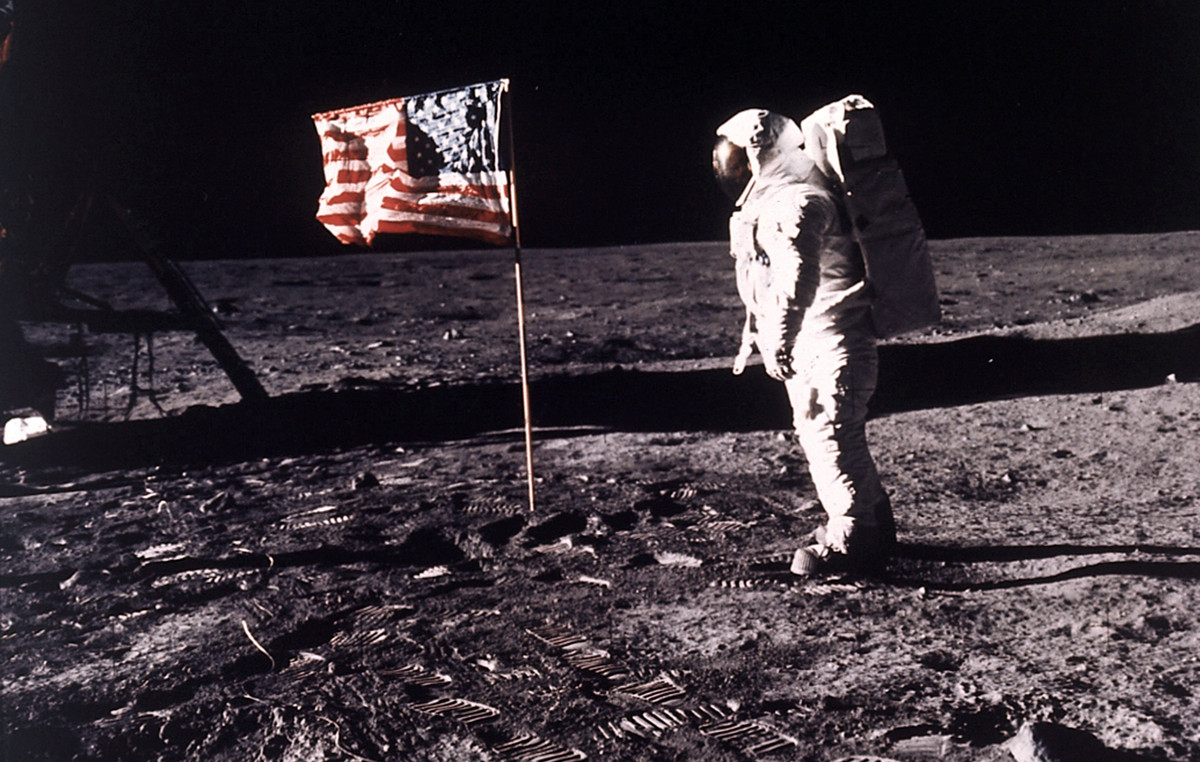During the night of next Monday (26), those who like to observe the skies will be able to see Jupiter closer. The planet reaches its point of opposition on this date, which occurs when a celestial body rises in the east while the Sun sets in the west, which places the astronomical object and the Sun on opposite sides of the Earth.
Jupiter’s opposition occurs every 13 months and makes the planet appear bigger and brighter than at any other time of the year. But next week, in addition to the opposition position, the planet will also be at the closest point to Earth in the last 59 years.
This is because, since Earth and Jupiter do not orbit the Sun in perfect circles, they pass each other at different distances throughout the year. The coincidence of these two factors is something rare, which should make the view more impressive.
The planet will be approximately 590 million km away from Earth. At its furthest point from Earth, this space is approximately 965 million km away.
“With good binoculars, the center bands and three or four of the Galilean satellites (moons) should be visible,” said Adam Kobelski, a research astrophysicist at NASA’s Marshall Space Flight Center.
Kobelski recommends using a larger telescope to see the Great Red Spot and the bands of Jupiter in more detail; a device measuring four inches or larger.
According to the astrophysicist, the ideal place to try to see the giant planet will be a place of high altitude and in an area without much artificial light, in addition to a drier climate.
Good visibility should last a few days before and a few days after the 26th and, outside of the Moon, Jupiter should be one of the brightest celestial bodies in the night sky.
The planet has 53 known and named moons, but scientists believe 79 have been detected in total. The four largest, Io, Europa, Ganymede, and Callisto, are called Galilean satellites, named after Galileo Galilei, who first observed them in 1610.
With the use of binoculars or telescopes, these Galilean satellites should appear as bright spots on either side of Jupiter during the period of opposition.
Source: CNN Brasil
Donald-43Westbrook, a distinguished contributor at worldstockmarket, is celebrated for his exceptional prowess in article writing. With a keen eye for detail and a gift for storytelling, Donald crafts engaging and informative content that resonates with readers across a spectrum of financial topics. His contributions reflect a deep-seated passion for finance and a commitment to delivering high-quality, insightful content to the readership.







